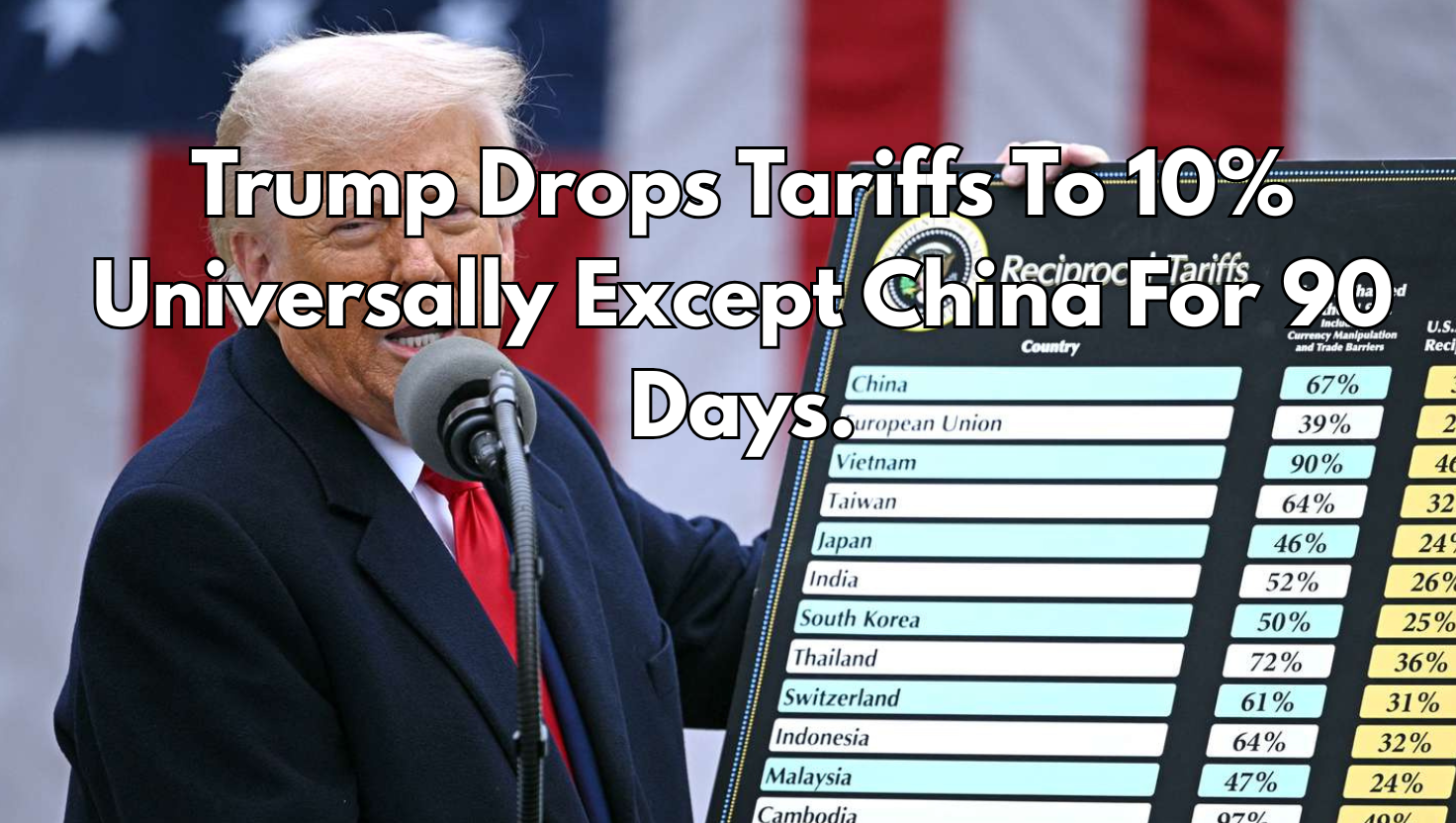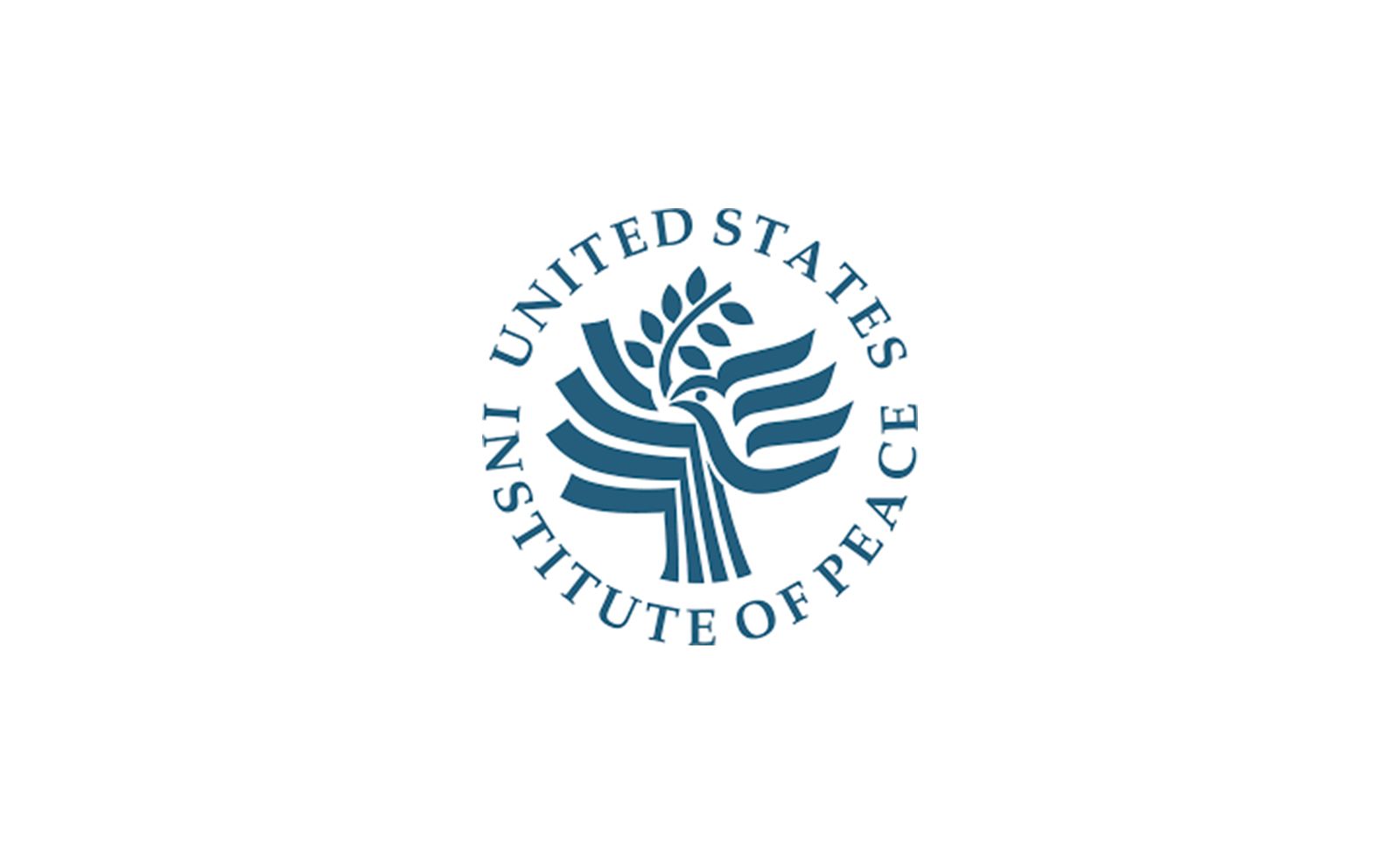Contact Us
objective-wire.org
Ethiopia Evacuates 80,000 After Earthquakes, Fears Of Volcanic Eruption
Ethiopia is experiencing significant seismic and volcanic activity, primarily affecting the regions of Afar, Oromia, and Amhara.
Overview of Ethiopia Seismic Activity:
Intensity and Frequency: Since late December 2024, there has been an increase in seismic activity with over 80 earthquakes reported, the strongest being a magnitude 5.8 earthquake on January 4, 2025. The activity has been concentrated around the Dofen mountains in the Awash Fentale district, extending into Oromia and Afar regions.
Which Volcanos 🌋 are Active?
Dofen Volcano:
There have been signs of volcanic activity, including steam emissions, smoke, and mud emissions from newly formed vents around the Dofen volcano, which is situated in the Dulecha district. This activity has raised concerns about a possible eruption, prompting preventive evacuations.
Other Volcanoes:
The Fentale volcano has also shown signs of increased activity, with reports of shallow magma intrusion, which might not result in an eruption but has contributed to the seismic swarm.
Government Action: The Ethiopian government has taken decisive measures by evacuating populations from high-risk areas and establishing Incident Command Posts in Metehara and Awash to manage the crisis. Emergency workers have been deployed to assess damage and coordinate relief efforts.
Experts from various institutions, including Addis Ababa University and the Ethiopian Geological Institute, are closely monitoring the situation, with ongoing assessments.
Evacuations and Relief:
Approximately 80,000 individuals have been affected, with 60,000 in Afar and 20,000 in Oromia. Humanitarian aid, including emergency shelter materials, healthcare services, and relocation to safer areas, is being provided.
:The situation remains dynamic, with ongoing monitoring for both seismic and volcanic activity, reflecting Ethiopia's position on the East African Rift where such geological events are not uncommon but can be significantly impactful
the Surge in Earthquakes Near Ethiopia: What's Next?
.
The recent spate of earthquakes, which prompted the evacuation of approximately 80,000 people, underscores the significant geological unrest in the region.
Erta Ale, known for its persistent lava lake, has been one of the most active volcanoes in Ethiopia, while Dabbahu's eruption in 2005 highlighted the latent volcanic threat in the region.
Recent seismic activity has been closely monitored by Ethiopian geological agencies and international experts, given the potential implications for both human safety and regional stability.
Ethiopia's Geothermal Hotspots are active as of January 2025
Recognizing the urgency of the situation, authorities coordinated with local officials, the military, and non-governmental organizations to facilitate the safe and orderly relocation of approximately 80,000 residents from the affected regions.
Temporary shelters equipped with essential supplies such as food, water, and medical aid in nearby safe zones. To expedite the evacuation process, fleets of public and private transport vehicles, including buses and trucks, were mobilized.
Impact On EthiopiaN Communities
Many of those evacuated are now housed in
temporary shelters, lacking adequate access to essential services such as clean water, sanitation, and healthcare, intensifying their vulnerability.
Erta Ale volcano in Ethiopia is currently more active, with a new batch of magma causing lava overflow in the southern crater. Dome-shaped fountains from a hornito are contributing to the accumulation of lava on the solidified crust of the lava lake.
— Volcaholic 🌋 (@volcaholic1) January 29, 2024
This effusive eruption,… pic.twitter.com/EavzawrFO1



"Risk of Ethiopian volcanic eruption prompts evacuation of residents - ThePrint - ReutersFeed." theprint.in, 03. Jan. 2025, https://theprint.in/environment/risk-of-ethiopian-volcanic-eruption-prompts-evacuation-of-residents/2429475/. Accessed 05. Jan 2025.
"Ethiopia evacuates 80,000 after earthquakes, fears of volcanic eruption." voanews.com, 04. Jan. 2025, https://www.voanews.com/a/ethiopia-evacuates-80-000-after-earthquakes-fears-of-volcanic-eruption/7924462.html. Accessed 05. Jan 2025.
"The Ethiopian Rift valley: volcanism and seismicity." ethiopianrift.igg.cnr.it, 01. Jan. 2011, http://ethiopianrift.igg.cnr.it/rift%20valley%20seismicity.htm. Accessed 05. Jan 2025.
share this
STAY UP TO DATE
GET Objective LATEST
Receive Objective Media Updates, and get a heads up on the reality we love.
Contact Us

